We hope you love the products we recommend! All of them were independently selected by our editors. Just so you know, HuffPost UK may collect a share of sales or other compensation from the links on this page if you decide to shop from them. Oh, and FYI — prices are accurate and items in stock as of time of publication.
Chances are you’ve read about gratitude or productivity journalling – or perhaps you are a journalling mega fan. Well, financial journalling is an offshoot of journalling for your wellbeing. If the concept sounds odd, just ask yourself: how well do you feel when your money is in order... and when it really isn’t?
Money is a wellbeing issue. At the start of each month, you may feel like you have an endless supply of funds, but within only a few days it can become abundantly clear that isn’t the case and you’re left wondering where it all went.
The idea is that by journalling about your spending, you start to see patterns in terms of where your money goes. Done regularly, it should make sticking to a budget easier, and improve the health of your finances and your headspace.
The truth is that bad budgeting – and poor money management – can have a big impact on your financial health. A lack of control over your outgoings equates to a lack of control over your life, and can make managing daily, weekly and yearly life decisions difficult. For many, starting a financial journal gives them clarity over their finances – and the chance to take back some control.

How can you start journalling about your finances?
Financial journaling is the process of using a journal – either a blank journal or a specifically designed financial journal – to map out your finances. From your current spending and budgeting to your longer term financial goals, you can track every aspect of your finances.
To get started, you need a specially designed financial planner or an empty notebook or bullet journal. A journal that has been designed for financial planning tends to come with pre-designed financial tracking tools, from an expense tracker to a savings goal monitor.
If you opt to use a plain notebook or bullet journal, you will need to create the ‘spreads’ – also known as ‘page layouts’ – yourself. You can buy stencils and stickers to make designing these easier. Source inspiration from Pinterest where there are plenty of planner boards, and from Facebook journalling groups.
Financial journalling doesn’t have a one-size-fits all approach – it’s a process that tends to differ from person to person. Some popular approaches include having a budget planner, expense tracker, income record, bill tracker, savings goal page, and debt tracker within your planner. But you should feel empowered to mix and match them to create your own custom approach.
How can financial journalling help you?
Financial journaling can make getting your finances back on track an easier task to approach. Regular journalling can help you to determine your worst spending mistakes by allowing you to review your purchases and work out whether they were necessary. If you notice a spending mishap, you can use a journal to focus on what you would do differently in future and how you would make a more sensible decision.
Journalling can also help you to figure out your financial goals and how you can achieve them. You might have big dreams for the future but you may not have thought through what it will actually take to achieve them – a financial journal can help. You can use your journal to break down your financial goals into smaller, more manageable targets, mapping out a plan as you go.
Financial journaling is also popular as a means of tackling debt. Katy*, from Derby, says financial journaling helped her to take back control of her debts. “A year ago my debts got too bad to manage, I was basically just paying the minimal amounts on my cards, I had tried to consolidate but it was too much,” she tells HuffPost UK.
Katy put herself on an individual voluntary arrangement (IVA), a formal and legally binding agreement between you and your creditors to pay back your debts over a period of time – then got journalling.
“My financial advisor told me to log everything I spent, colour code it to different types – shopping, fuel, takeaways, general shopping – and from that I could then chart how much of my money was going on what,” she says. ”It’s been good to actually see what’s being spent and has helped me reevaluate what I spend money on.”
Keeping a financial journal can open your eyes to your spending habits, whether you’re making smart choices, and how you can improve your approach to money. Here are some products available on Amazon that will help you get started.

Get it for £8.49.
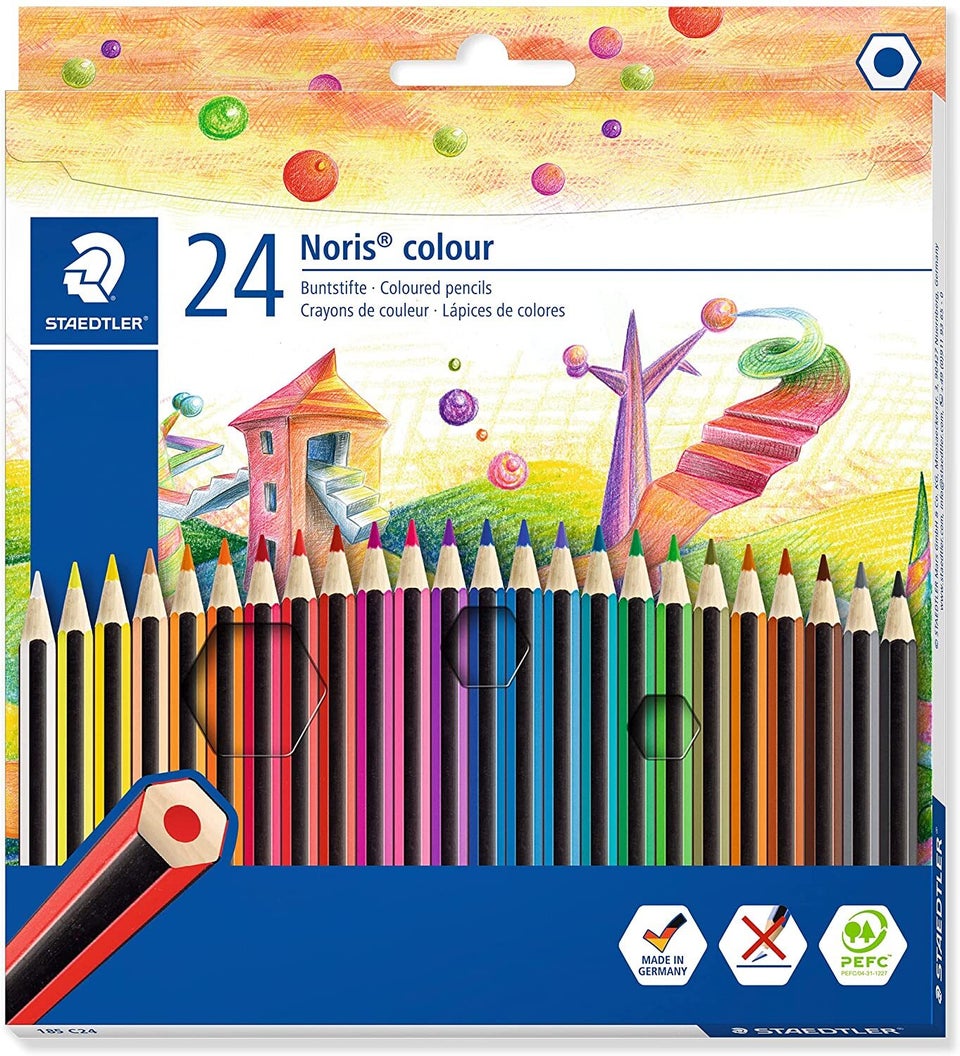
Get the set for £4.99.
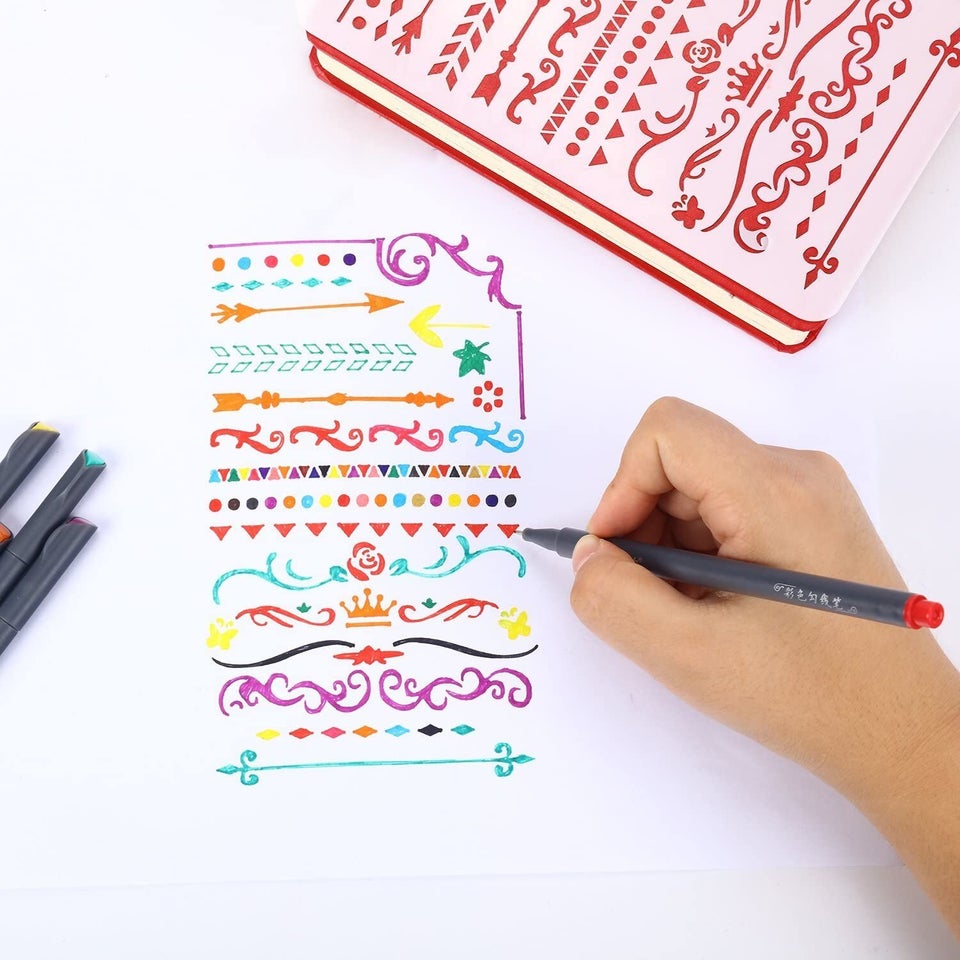
Get your iBayam Journal Planner Pens Colored Pens Fine Point Markers for £8.99.
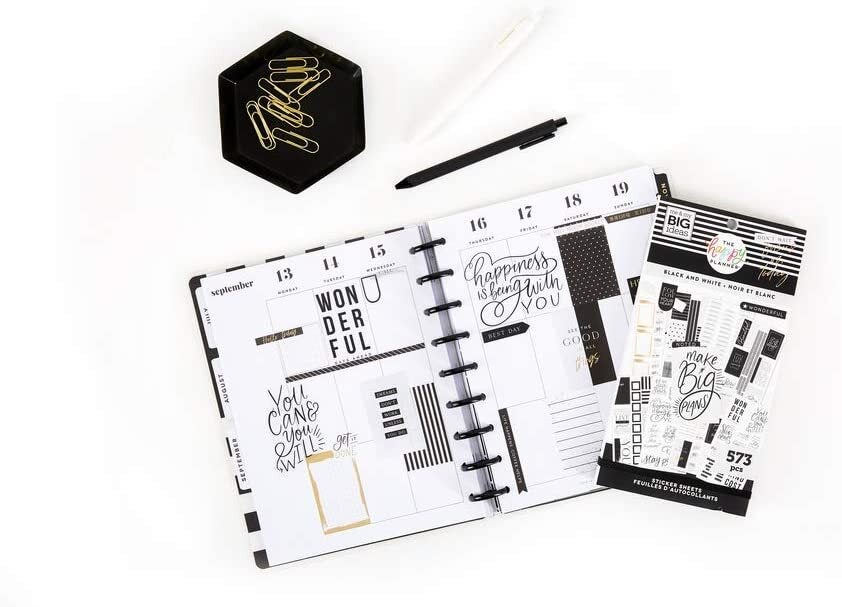
Get your The Happy Planner Sticker Value Pack for £21.99.
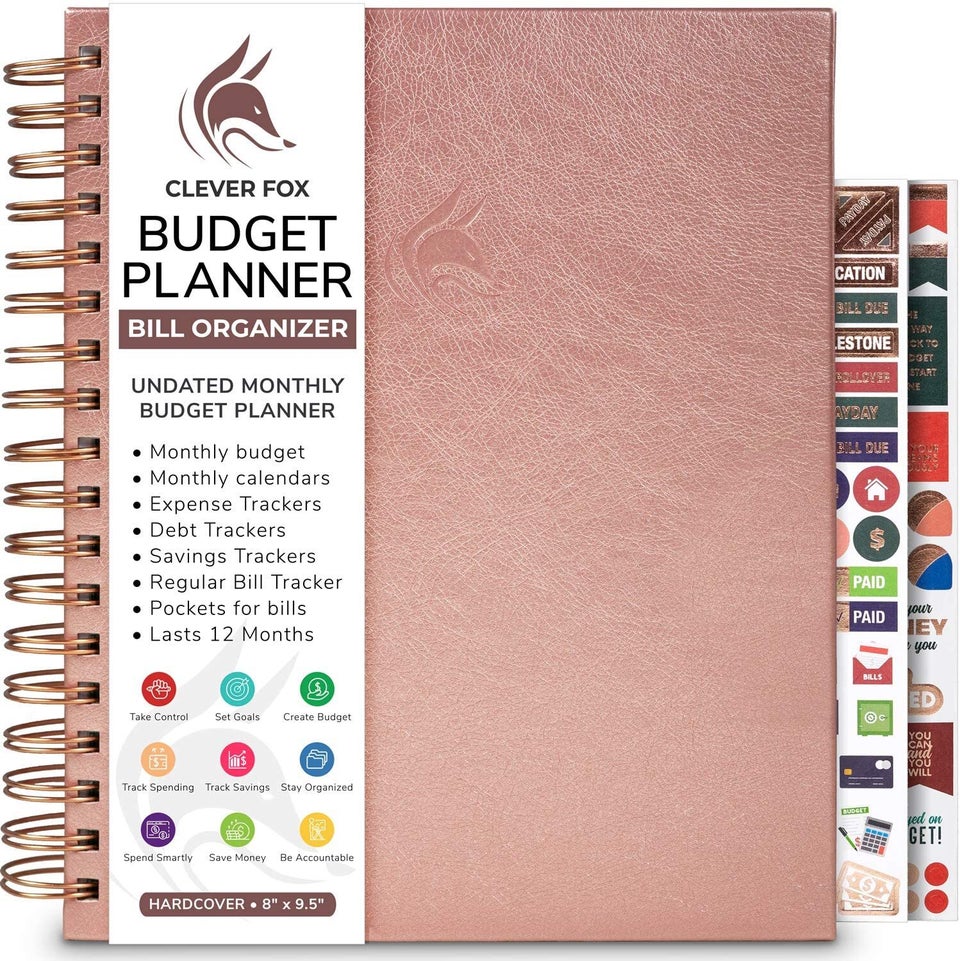
This planner has various layouts, including monthly expense trackers, debt tracker, savings tracker, and even a Christmas budget spread, making it ideal for new financial journallers. Plus, it comes with a range of quirky stickers to help you stay on track.
Get your Clever Fox Budget Planner & Monthly Bill Organizer for £26.99.
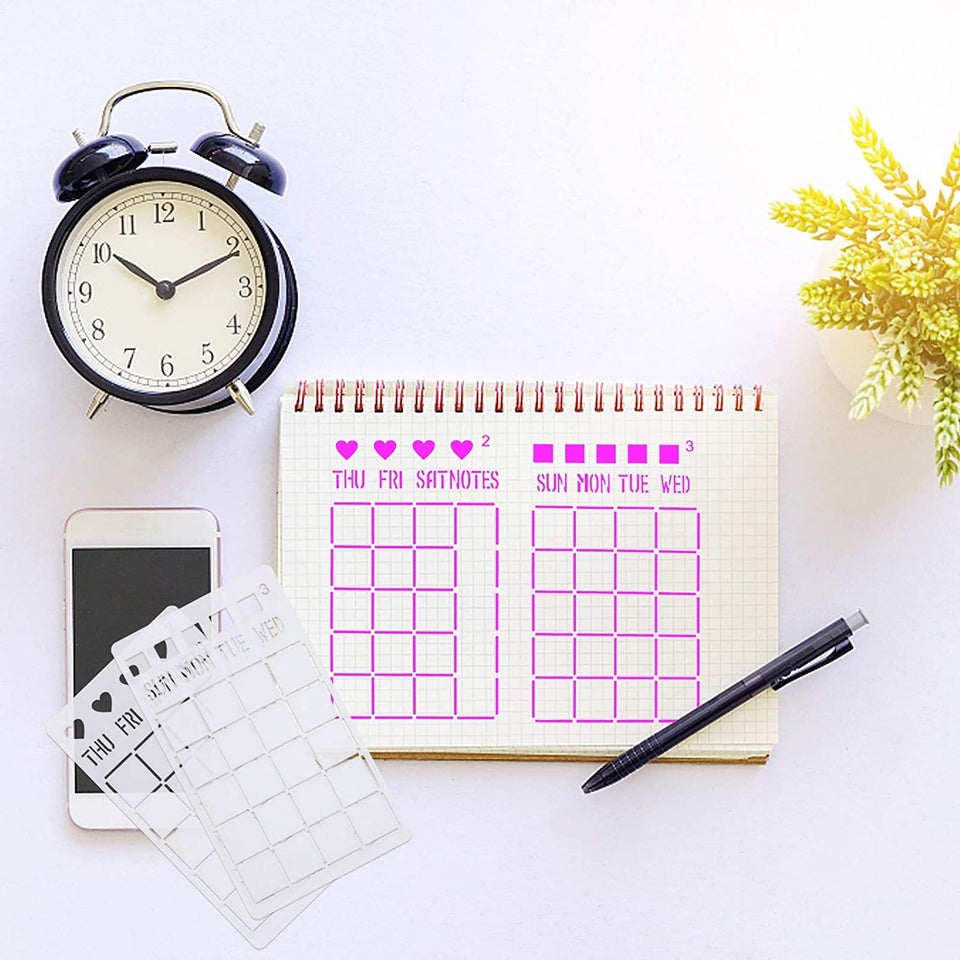
Get your Gukasxi Ultimate Productivity Journal Stencil Set for £7.98.
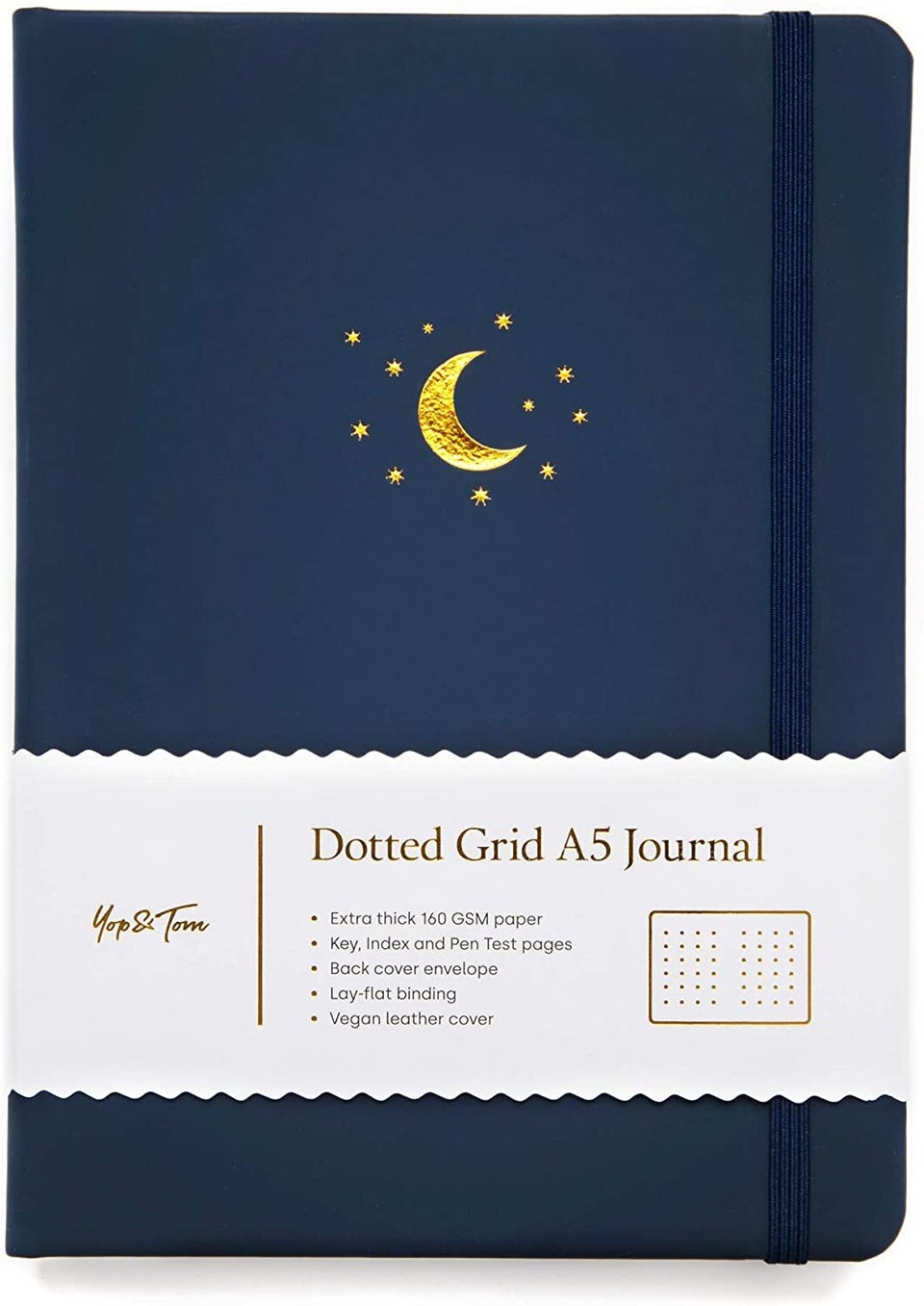
Popular layouts – or spreads as they’re known in Bullet Journalling communities – for financial planning include budget planners, expense trackers, income trackers, savings trackers, and debt trackers. (You can find layout ideas for these on Pinterest and in Facebook bullet journalling communities.)
Get yours for Yop & Tom Dotted Journal Notebook A5 - Moon and Stars £17.99.
*Surname has been omitted to provide anonymity.